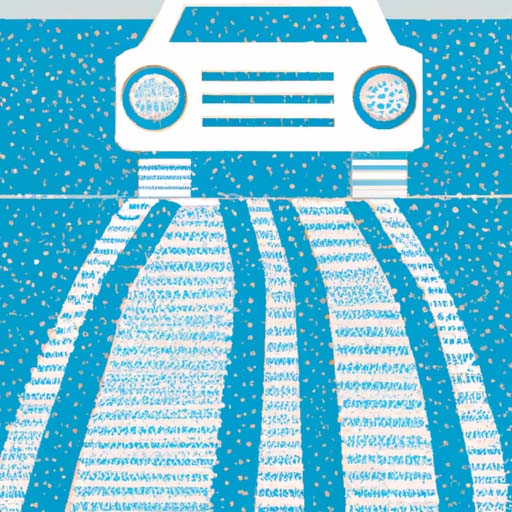Have you ever stopped to think about the impact of cars on climate change? It’s no secret that our planet is facing a global environmental crisis, and understanding the role that cars play in this issue is essential. In this article, we will delve deep into the topic, analyzing how cars contribute to climate change and the subsequent environmental shifts we are currently witnessing. So, buckle up as we explore the fascinating and often alarming connection between cars and our changing climate.
The Rise of the Automobile Industry
The automobile industry has experienced exponential growth in recent decades, becoming a staple of modern society. With increasing urbanization and advancements in technology, cars have become more accessible and more widely used than ever before. However, this rapid growth comes at a significant cost – our environment.
From carbon dioxide emissions to air pollution, cars are major contributors to climate change. The combustion of fossil fuels in car engines releases harmful greenhouse gases (GHGs) into the atmosphere, trapping heat and leading to global warming. This process is often referred to as the greenhouse effect, and its consequences are far-reaching.
Carbon Dioxide Emissions and Global Warming
One of the most significant greenhouse gases released by cars is carbon dioxide (CO2). As cars burn gasoline or diesel fuel, they release CO2 into the air, contributing to the growing concentration of GHGs in our atmosphere. This excessive accumulation of CO2 is the primary driver of global warming, leading to the rising temperatures we observe worldwide.
The consequences of global warming caused by cars are astonishing. Polar ice caps are melting at an alarming rate, resulting in rising sea levels and endangering coastal communities. Extreme weather events, such as hurricanes and droughts, are becoming more frequent and severe, wreaking havoc on vulnerable regions. Additionally, climate patterns are shifting, impacting agricultural practices and threatening food security.
The Role of Air Pollution
While carbon dioxide emissions play a significant role in climate change, cars also contribute to another alarming environmental issue – air pollution. The exhaust fumes released by cars contain pollutants such as nitrogen oxides (NOx), carbon monoxide (CO), and particulate matter, all of which have detrimental effects on human health and the environment.
Exposure to these pollutants can lead to respiratory problems, including asthma and other lung diseases. Moreover, air pollution from cars contributes to the formation of smog and can be responsible for reducing air quality in urban areas. Localized air pollution can have severe consequences, negatively impacting the health and wellbeing of individuals living in these environments.
Exploring Solutions for a Sustainable Future
As the environmental consequences of cars become increasingly apparent, it is essential to explore solutions that pave the way for a more sustainable future. Luckily, numerous measures can be taken at both individual and collective levels to mitigate the impact of cars on climate change.
One of the most effective strategies is the promotion of electric vehicles (EVs) and alternative modes of transportation. Electric cars produce zero tailpipe emissions, eliminating the release of greenhouse gases and pollutants directly into the atmosphere. Additionally, investing in public transportation, walking, and cycling infrastructure can reduce dependence on cars and decrease overall emissions.
Furthermore, advances in automotive technology can also contribute to a greener future. Car manufacturers can develop more fuel-efficient vehicles and invest in research and development for sustainable transportation solutions. Governments can incentivize these changes by implementing policies that promote renewable energy sources and impose stricter emission regulations.
Conclusion
The impact of cars on climate change cannot be understated. From carbon dioxide emissions to air pollution, cars contribute significantly to the environmental shifts we are currently experiencing. However, by adopting sustainable transportation alternatives and promoting technological advancements, we can work towards a future where cars coexist harmoniously with the environment. The choice is in our hands, and it’s time we take action to drive change.
